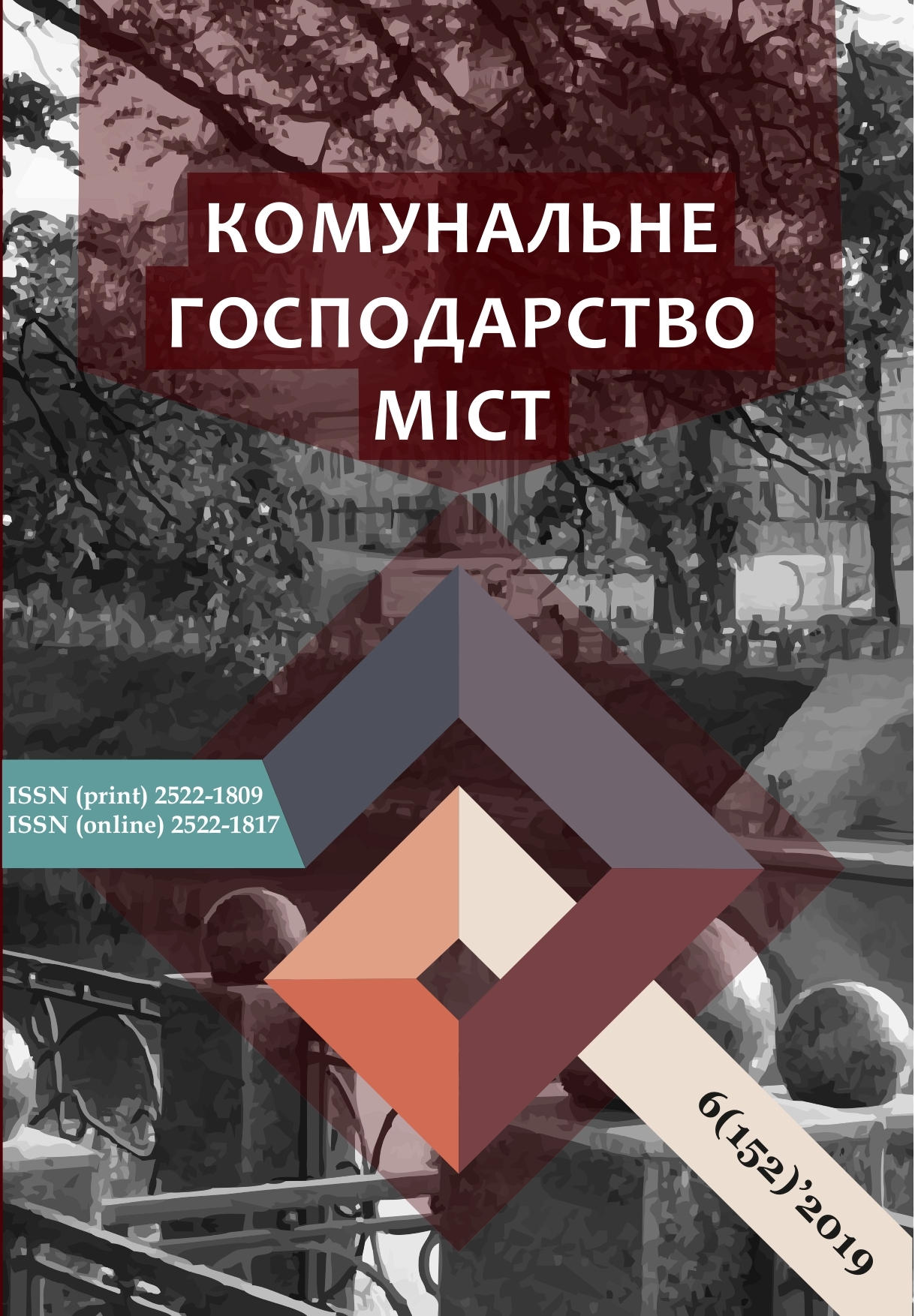RESTORATION OF COOLING EFFICIENCY OF INDUSTRIAL REFRIGERATOR CONSTRUCTIONS
Array
Keywords:
refrigerant efficiency, reinforcement, load, reconstruction.Abstract
Topical issues in the design of industrial refrigerators, as well as in the operation of existing ones, are energy savings for the production of cold, protection of building envelopes from destruction due to moisture.
The causes of the destruction of the enclosing structures are investigated using the example of an existing industrial refrigerator with a capacity of 16,000 tons, built in 1958 according to a standard project with 5 floors and a basement.
Prefabricated reinforced concrete self-supporting ribbed slabs made of concrete of class C16 / 20 were used as enclosing structures. The panel plate has a thickness of 60 mm and a rib height of 120 mm. The tile part is reinforced with a mesh of reinforcement Ø 6A240C with a mesh of 150 mm. The ribs are reinforced with a frame with working reinforcement Ø 20A400C.
For reasons of violation of the temperature and humidity regime, the lack of waterproofing between the insulation and wall panels, the destruction of mineral wool insulation, the dew point has moved to the thickness of the wall panels, which caused corrosion of the reinforcement with a decrease in its working section by 60-75%. Under the influence of passive pressure, the slab part of the wall panels underwent buckling and partial destruction.
To restore the operational properties (strength and cold efficiency) of wall panels, reconstruction options are proposed: wall repair without dismantling bulging panels by installing a new polyurethane insulation and an external steel frame throughout the facade; the second option is the local repair of individual panels with the dismantling of thin-walled bulging parts and replacing them with sandwich panels with joint sealing instead.
References
Chumak, I.He., Chepurnenko, V.P., Chuklyn, S.He. (1981) Refrigeration units. Moscow: Light and Food Industry.
DBN В.1.2-2:2006, Loads and impacts. Design rules. Kyiv: Ministry of Regional Development of Ukraine, 2006.
Refrigerators are multistory. Retrieved from https://chem21.info/info/148023.
DSTU B EN 14509:2014, Self-supporting Panels with Dou-ble-sided Metal Cladding. Products of Factory Production. Specifications. Kyiv: Ministry of Regional Development of Ukraine, 2015.
Industrial Refrigerators and Freezers. Retrieved from https://www.frigodesign.ru/chambers/.
Stoyanov, Ye.H., Kulakov, O.Y., Korpych, D.O. (2019) Technical Report on the Condition of Load-bearing Structures of the Main Body of the Refrigerator (Lit. A-5) LLC "HLADOPROM" on the street. Khabarova, 1 in Kharkiv with the Development of Recommendations for Further Reliable and Safe Operation.
DBN В.2.6-98:2009, Designs of Buildings and Structures. Concrete and Reinforced Concrete Structures. Substantive Provisions. Kyiv: Ministry of Regional Development of Ukraine, 2011.
DSTU В.2.6-156:2011, Concrete and Reinforced Concrete Structures Made of Heavy Concrete. Design rules. Kyiv: Min-istry of Regional Development of Ukraine, 2010.
DSTU B В.2.6-189:2013, Methods of Choosing Thermal Insulation Material for Building Insulation. Kyiv: Ministry of Regional Development of Ukraine, 2014.
DBN В.2.6-31:2016, Thermal Insulation of Buildings. Kyiv: Ministry of Regional Development of Ukraine, 2017.
Downloads
Published
How to Cite
Issue
Section
License
The authors who publish in this collection agree with the following terms:
• The authors reserve the right to authorship of their work and give the magazine the right to first publish this work under the terms of license CC BY-NC-ND 4.0 (with the Designation of Authorship - Non-Commercial - Without Derivatives 4.0 International), which allows others to freely distribute the published work with a mandatory reference to the authors of the original work and the first publication of the work in this magazine.
• Authors have the right to make independent extra-exclusive work agreements in the form in which they were published by this magazine (for example, posting work in an electronic repository of an institution or publishing as part of a monograph), provided that the link to the first publication of the work in this journal is maintained. .
• Journal policy allows and encourages the publication of manuscripts on the Internet (for example, in institutions' repositories or on personal websites), both before the publication of this manuscript and during its editorial work, as it contributes to the emergence of productive scientific discussion and positively affects the efficiency and dynamics of the citation of the published work (see The Effect of Open Access).

